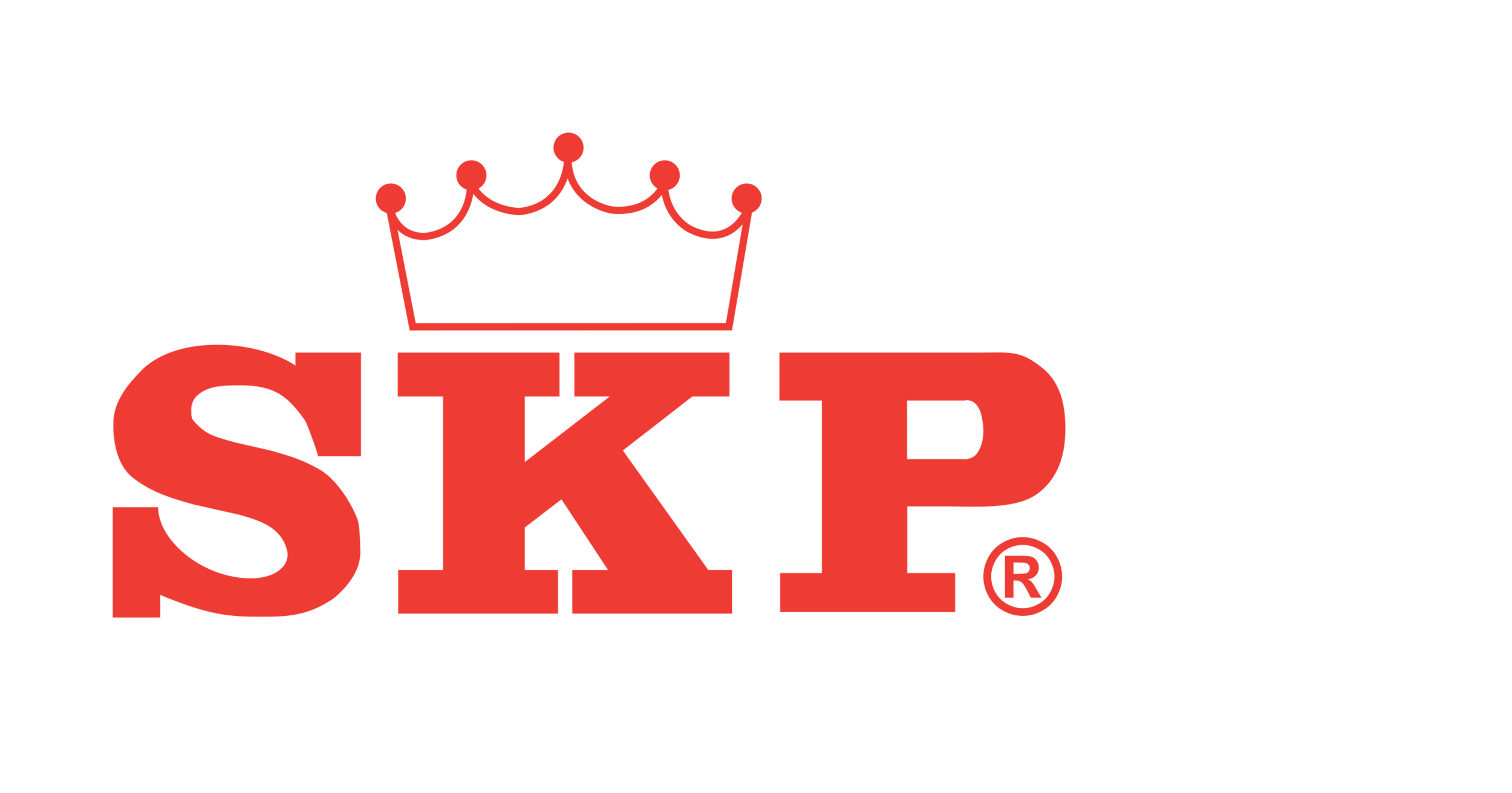Debunking Misconceptions Surrounding Paper Food Packaging
In recent years, the spotlight on sustainable packaging has intensified, and paper food packaging has emerged as a popular alternative to traditional materials. Sustainable packaging has become a food packaging trend, but along with its rising popularity, several misconceptions about paper packaging have also proliferated.
Below, we take a look at these common myths and explore the reality behind them, shedding light on the true benefits and attributes of paper food packaging.
Myth 1: Paper food packaging is not recyclable
One of the most prevalent misconceptions is that paper food packaging cannot be recycled, especially if it is soiled with food residue. While it is true that heavily soiled paper can complicate the recycling process, most paper food packaging in Singapore is designed to be recyclable. Many types of paper packaging, such as those used for dry foods, are clean and can be easily processed. For items like pizza boxes that might be contaminated with grease, parts that are not soiled can still be recycled. Additionally, advancements in recycling technology are continually improving the ability to handle contaminated paper products.
Myth 2: Paper packaging is less sustainable
The sustainability of paper packaging is often misunderstood due to concerns about deforestation. However, many paper products are made from sustainably sourced wood and recycled fibres.
Moreover, paper packaging typically has a higher recycling rate compared to other materials. This contributes to its circular economy potential, where the materials can be reused multiple times, reducing the need for virgin resources. Paper is also biodegradable and compostable under the right conditions, minimising its long-term environmental impact.
Myth 3: Paper food packaging is not safe for food contact
Concerns about the safety of paper packaging for food contact often stem from worries about chemical contamination. However, food-grade paper packaging is strictly regulated to ensure safety. Regulatory bodies have stringent guidelines and approval processes for materials that come into direct contact with food. Paper packaging intended for food use must comply with these regulations, ensuring that it is free from harmful chemicals and safe for consumers.
Myth 4: Paper packaging lacks durability
Another common misconception is that paper packaging is inherently less durable than other materials. While it is true that paper might not match the puncture resistance of some alternatives, it can still offer robust protection for many types of food products. Advances in paper engineering have led to the development of multi-layered paperboard and coated papers that provide enhanced strength and moisture resistance.
For instance, wax-coated or laminated paper can effectively protect food items from moisture and grease, extending shelf life and maintaining product quality. Furthermore, paper packaging can be designed to be stackable and crush-resistant, meeting the demands of various supply chains.
The balanced view: pros and cons
While it is essential to debunk myths, it is equally important to recognise the genuine pros and cons of paper food packaging relative to other materials. Paper packaging is renewable, recyclable, and biodegradable, which gives it a significant edge in sustainability.
Other materials, like plastic, metal, and glass, each have their own sets of advantages and limitations as well. The choice of packaging material should be based on the specific requirements of the product, including factors such as shelf life, transportation, and environmental impact.
Conclusion
Understanding the real benefits and limitations of paper food packaging helps dispel common misconceptions and enables businesses to make informed decisions. While paper packaging offers notable environmental benefits and meets safety standards, it is essential to evaluate the specific needs of each application to choose the most appropriate packaging material.
At SKP, we believe in providing comprehensive insights into all packaging materials, empowering our customers to select the best solutions for their needs. Additionally, as a top provider of sustainable food packaging solutions—including biodegradable and paper packaging, sustainable cutlery, and eco-friendly cups—we can help you enhance your brand image with our environmentally friendly printing techniques and materials. Align your brand with eco-conscious consumers and make a positive impact. Contact us today to learn more about our products!

